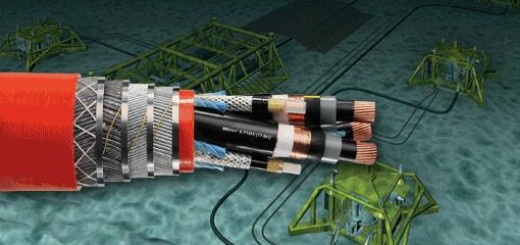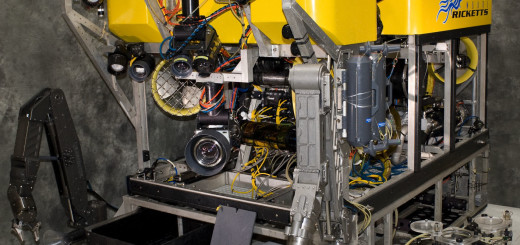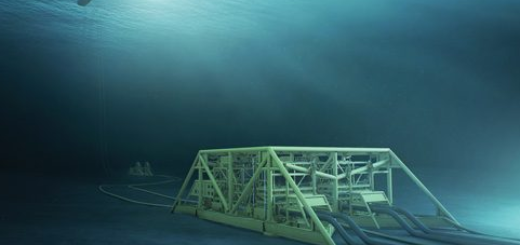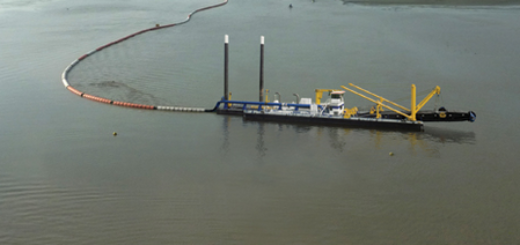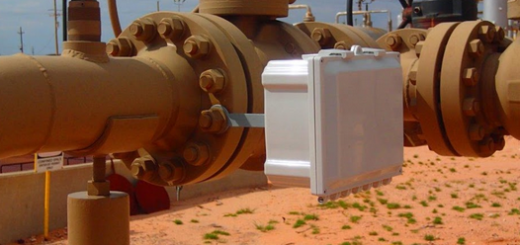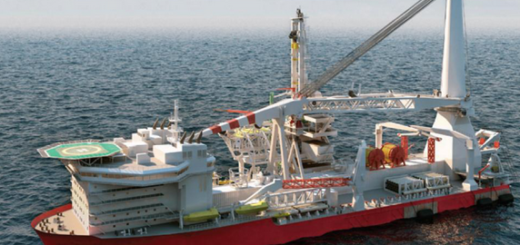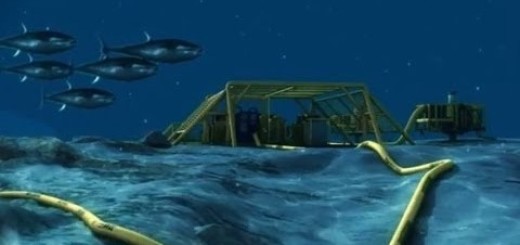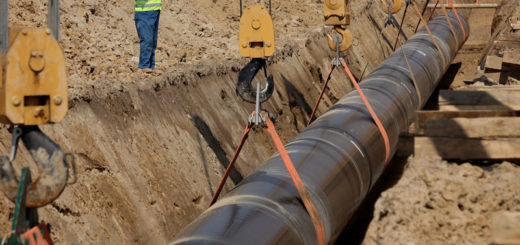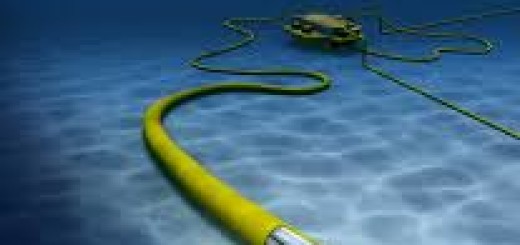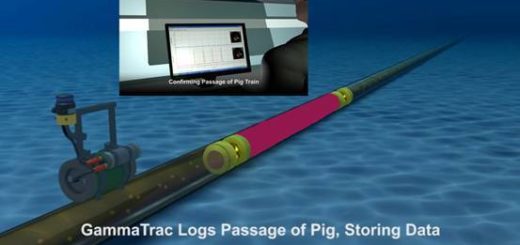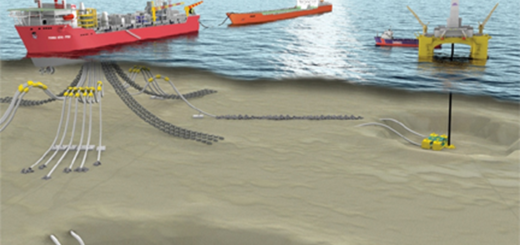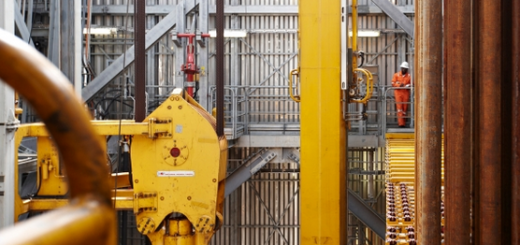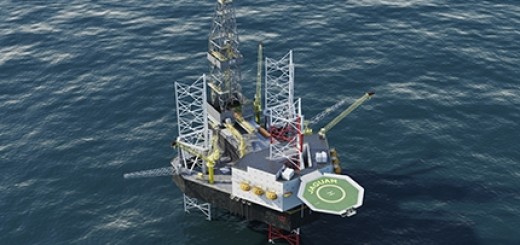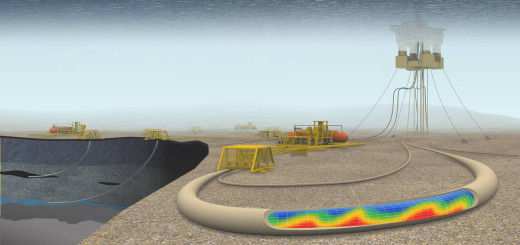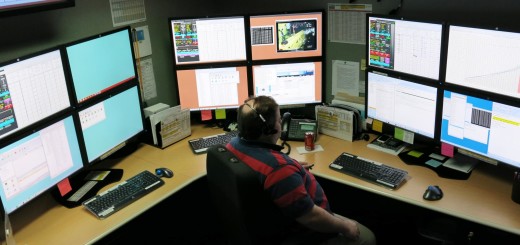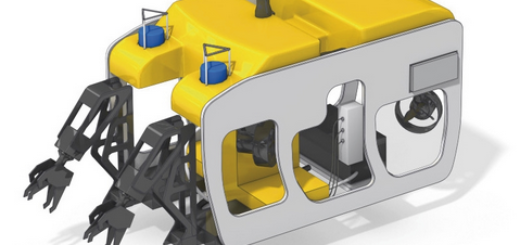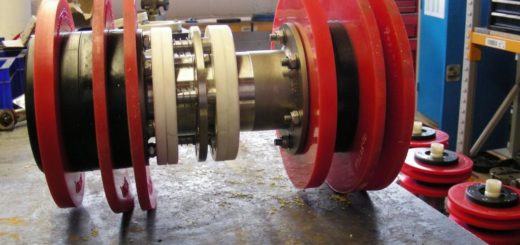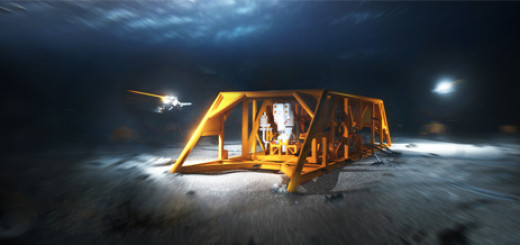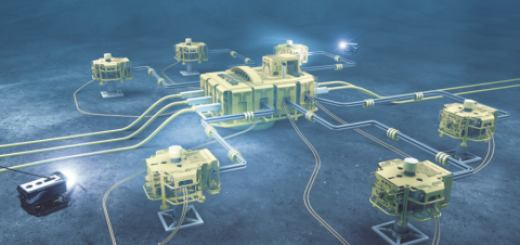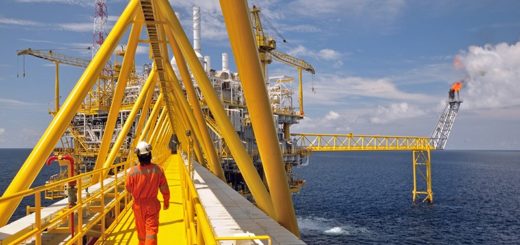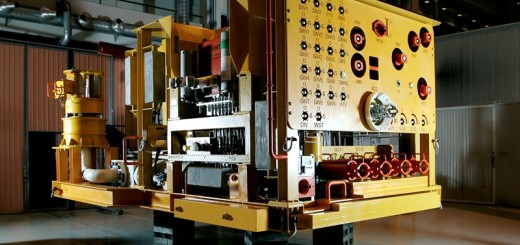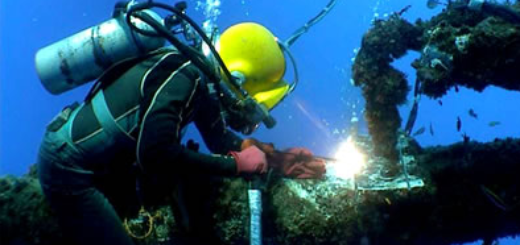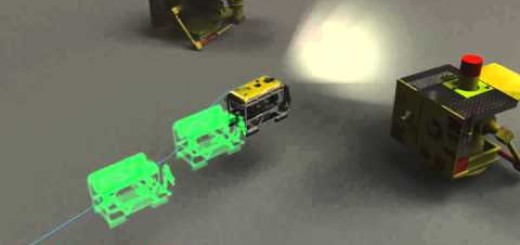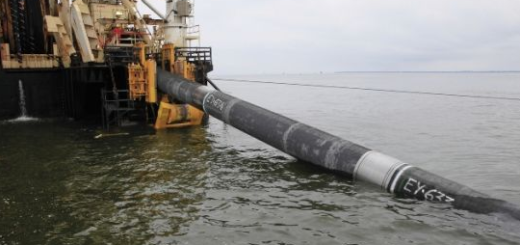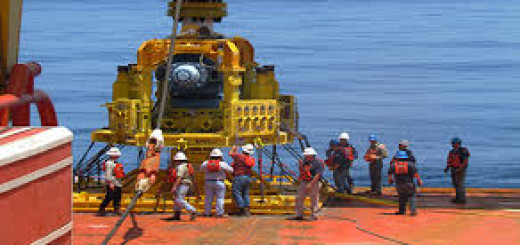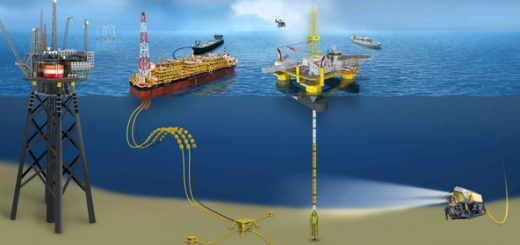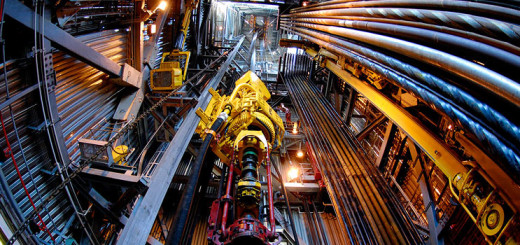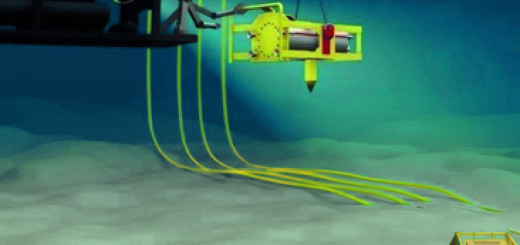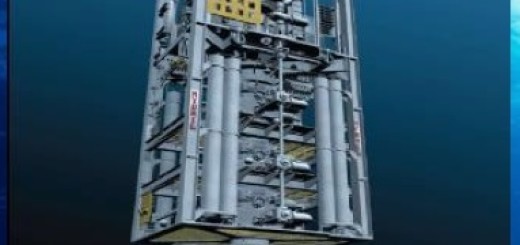Subsea Systems Risk Based Inspection
Subsea Equipment RBI
Subsea equipment Risk Based Inspection (RBI) is an Optimal maintenance business process used to examine subsea system such as manifold, spools and jumpers e.t.c. It examines the Health, Safety and Environment (HSE) and business risk of ‘active’ and ‘potential’ Damage Mechanisms (DMs) to assess and rank failure probability and consequence. This ranking is used to optimize inspection intervals based on site-acceptable risk levels and operating limits, while mitigating risks as appropriate. RBI analysis can be qualitative, quantitative or semi-quantitative in nature.
Subsea equipment Risk Based Inspection (RBI) course from Chess Subsea supplies participants with the knowledge needed to maintain efficient subsea production systems, providing details on the full processes involved from initial monitoring of equipment to acting against any potential hazards.
The course is delivered by either by distance learning or full time so it does not disrupt your work or home life, and is an invaluable introduction to this vital aspect of subsea operations and is illustrated with detailed case studies.
This course is filled with practical and knowledge, richly illustrated with case studies, images and diagrams.
Delegates will have the knowledge needed to fully engage with of this evolving sector which represents one of the fastest-growing frontiers of global oil and gas. Course instructors are core subsea professionals.
Contents
Day 1
- Subsea Equipment RBI Methodology
- General
- Subsea RBI Inspection Management
- Risk Acceptance Criteria
- Subsea RBI Workflow
- Subsea Equipment Risk Determination
- Subsea Equipment PoF Identification
- Subsea Equipment CoF Identification
- Subsea Equipment Risk Identification
- Inspection Plan
- Offshore Equipment Reliability Data
- Pipeline RBI
- Pipeline Degradation Mechanisms
- Assessment of PoF Value
- Internal Corrosion
- External Corrosion
- Internal Erosion
- External Impact
- Free-Spans
- On-Bottom Stability
- Assessment of CoF Values
- Safety Consequences
- Economic Consequences
- Environmental Consequences
- Risk Identification and Criteria
- Subsea Tree RBI
- Subsea Tree RBI Process
- Collection of Information
- Risk Acceptance Criteria
- Degradation Mechanisms and Failure Mode
- Subsea Tree Risk Assessment
- Failure Database from 2002 OREDA Database
- Failure Database Modification
- PoF Identification
- CoF Calculation
- Risk Determination
- Inspection Plan
Day 4
- Subsea Manifold RBI
- Degradation Mechanism
- Initial Assessment
- CoF Identification
- Risk Criteria
- Outcome
- Detailed Assessment
- Safety Class
- PoF Calculation
- Target Criteria
- Outcome
- Example for a Manifold RBI
- Initial Assessment
- Detailed Assessment
- Inspection Planning
- RBI Output and Benefits
Course Registration
For Registration details; please download the form here.
For further information on course fees or content details; please contact info@chesssubseaengineering.com



